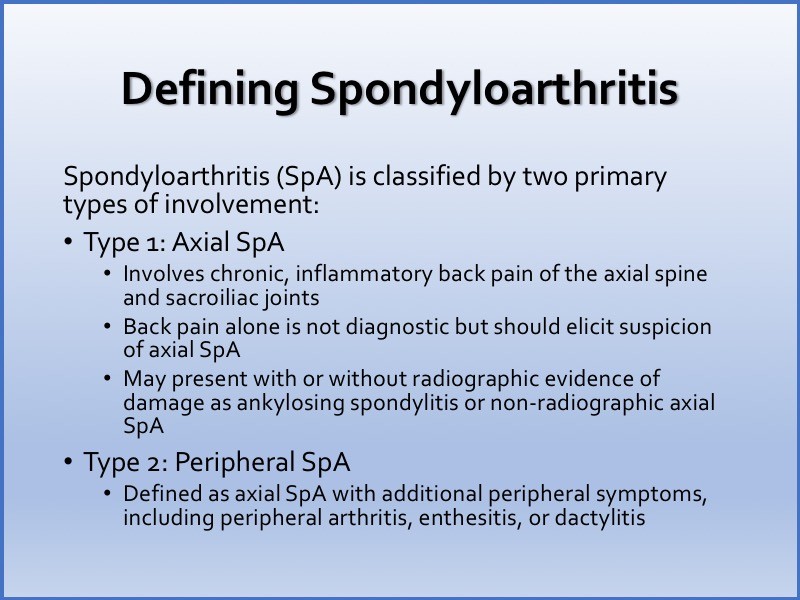Nonpharmacological Treatment of Army Service Members
Nonpharmacological Treatment of Army Service Members with Chronic Pain Is Associated with Fewer Adverse Outcomes After Transition to the Veterans Health Administration
SOURCE: J Gen Intern Med. 2019 (Oct 28) [Epub]
Esther L. Meerwijk, PhD, MSN , Mary Jo Larson, PhD, MPA, Eric M. Schmidt, PhD, Rachel Sayko Adams, PhD, MPH, Mark R. Bauer, MD, Grant A. Ritter, PhD, Chester Buckenmaier III, MD, and Alex H. S. Harris, PhD, MS
VA Health Services Research & Development,
Center for Innovation to Implementation (Ci2i),
VA Palo Alto Health Care System,
Menlo Park, CA, USA.
BACKGROUND: Potential protective effects of nonpharmacological treatments (NPT) against long-term pain-related adverse outcomes have not been examined.
OBJECTIVE: To compare active duty U.S. Army service members with chronic pain who did/did not receive NPT in the Military Health System (MHS) and describe the association between receiving NPT and adverse outcomes after transitioning to the Veterans Health Administration (VHA).
DESIGN AND PARTICIPANTS: A longitudinal cohort study of active duty Army service members whose MHS healthcare records indicated presence of chronic pain after an index deployment to Iraq or Afghanistan in the years 2008-2014 (N = 142,539). Propensity score-weighted multivariable Cox proportional hazard models tested for differences in adverse outcomes between the NPT group and No-NPT group.
EXPOSURES: NPT received in the MHS included acupuncture/dry needling, biofeedback, chiropractic care, massage, exercise therapy, cold laser therapy, osteopathic spinal manipulation, transcutaneous electrical nerve stimulation and other electrical manipulation, ultrasonography, superficial heat treatment, traction, and lumbar supports.
There are more articles like this @ our:







